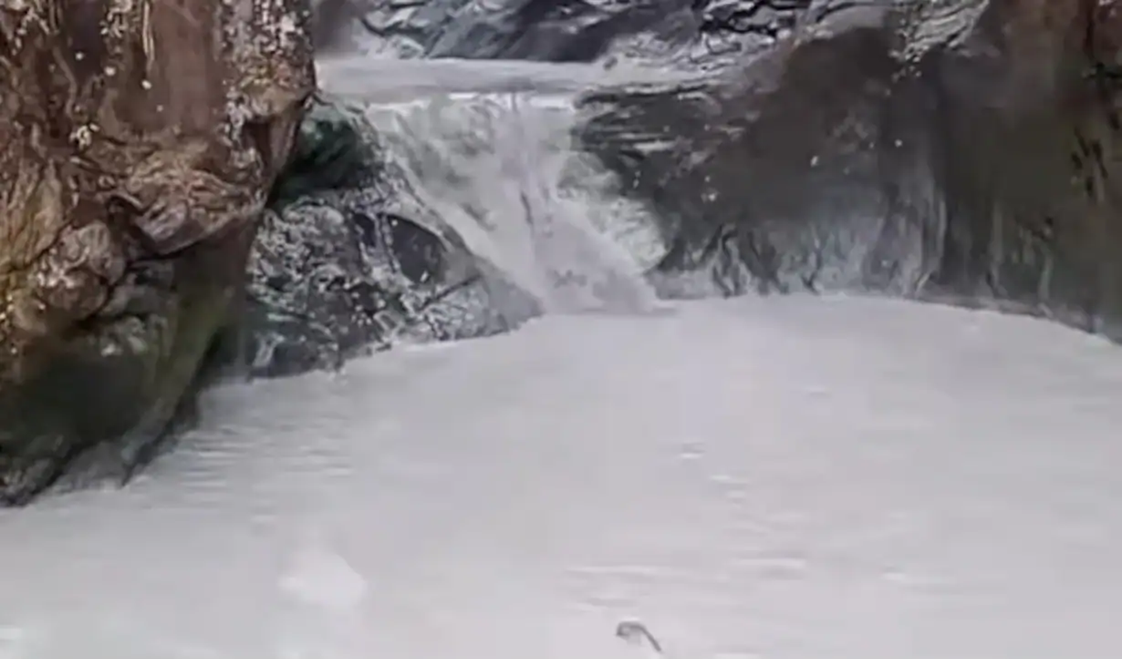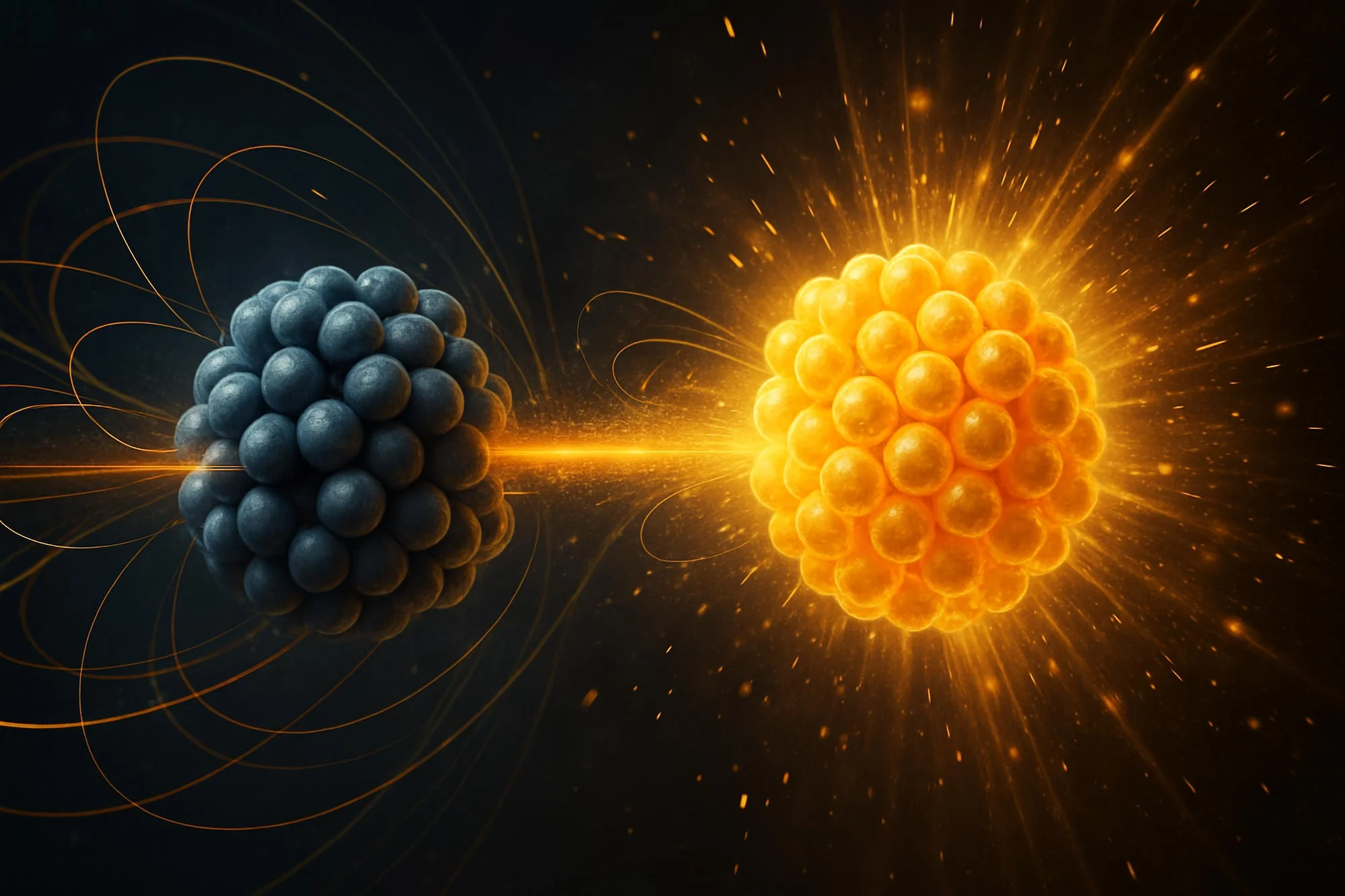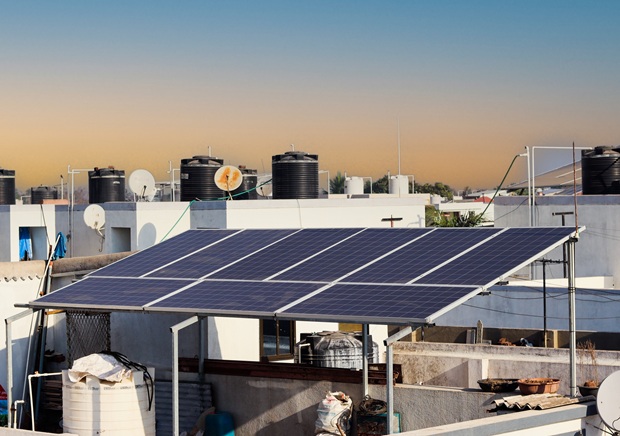- Courses
- GS Full Course 1 Year
- GS Full Course 2 Year
- GS Full Course 3 Year
- GS Full Course Till Selection
- Online Program
- GS Recorded Course
- NCERT (Recorded 500+ Hours)
- Polity Recorded Course
- Geography Recorded Course
- Economy Recorded Course
- AMAC Recorded Course
- Modern India, Post Independence & World History
- Environment Recoded Course
- Governance Recoded Course
- Science & Tech. Recoded Course
- International Relations and Internal Security Recorded Course
- Disaster Management Module Course
- Ethics Recoded Course
- Essay Recoded Course
- Current Affairs Recoded Course
- CSAT
- 5 LAYERED ARJUNA Mentorship
- Public Administration Optional
- ABOUT US
- OUR TOPPERS
- TEST SERIES
- FREE STUDY MATERIAL
- VIDEOS
- CONTACT US
Rivers Of Cold Lava After Volcanic Eruption In Philippines
Rivers Of Cold Lava After Volcanic Eruption In Philippines
19-06-2024

Mt. Kanlaon Natural Park on Negros Island, Philippines, witnessed rivers of cold lava following an explosive eruption. Videos circulating on the internet show a torrent of grey mud and rocks, known as cold lava flow, or lahar, roaring down a watercourse in Biaknabato village in Negros Occidental province.
- The mixture of volcanic material and pebbles flowing down the slope of a volcano in the rain is known as Cold lava. Cold lava is a translation of "lahar" in Indonesian and Tagalog.
- The phrase 'cold lava' translates the term "lahar" in Indonesian and Tagalog.
Characteristics of Cold Lava:
- Rapid Movement: Unlike traditional lava flows, cold lava can advance rapidly at speeds of hundreds of kilometers per hour, and it can spread as far as 60 km from the volcano.
- Pick Up Debris: Cold lava has the ability to pick up additional debris and sediment as it travels downhill, increasing its volume and destructive potential.
- High Density and Abrasive Nature: Cold lava has a high density and abrasive nature, making it capable of causing significant damage to buildings, bridges, and roads.
- Heat Retention: Cold lava remains hot internally due to chemical reactions within the volcanic material, but its external appearance and behavior are more akin to wet concrete.
- Occurrence: Cold lava is commonly associated with volcanic eruptions, but it can also occur in the absence of an eruption, especially if heavy rainfall or snowfall erodes and transports loose volcanic sediment.
Comparison with Lava:
- Traditional lava is hot, liquefied rock that flows from a volcano or other opening in the Earth's surface.
- It is known as magma when still underground. Igneous rock is formed when lava cools and hardens.
- Cold lava, on the other hand, is a mixture of volcanic materials and water that behaves differently from traditional lava.
Destructive Potential:
- Cold lava is considered more destructive and deadlier compared to regular lava flows.
- Its high density, abrasive nature, and ability to rapidly advance pose a serious threat to human life and property.
By understanding the nature and characteristics of cold lava, communities living near volcanoes can better prepare for and mitigate the risks associated with this dangerous phenomenon.
Must Check: Best IAS Coaching In Delhi



